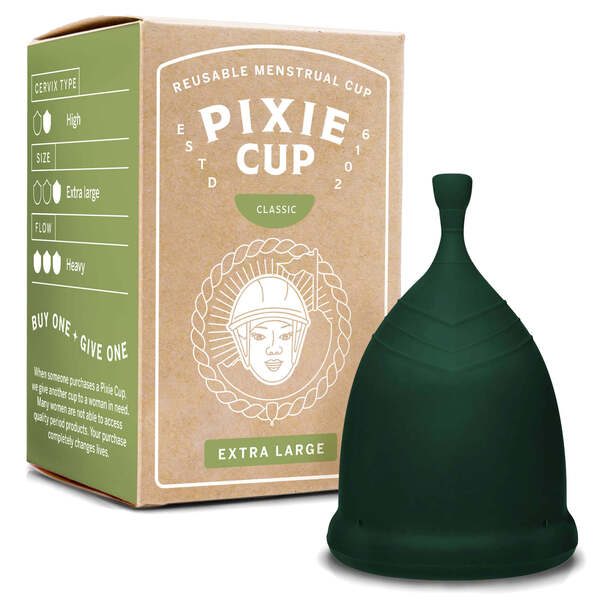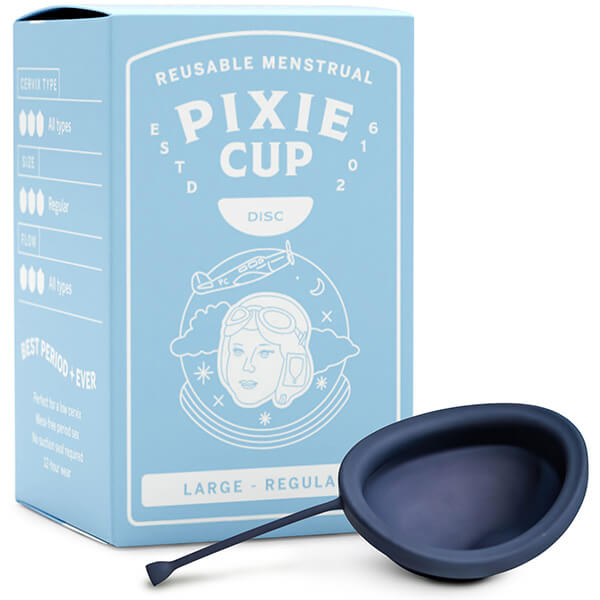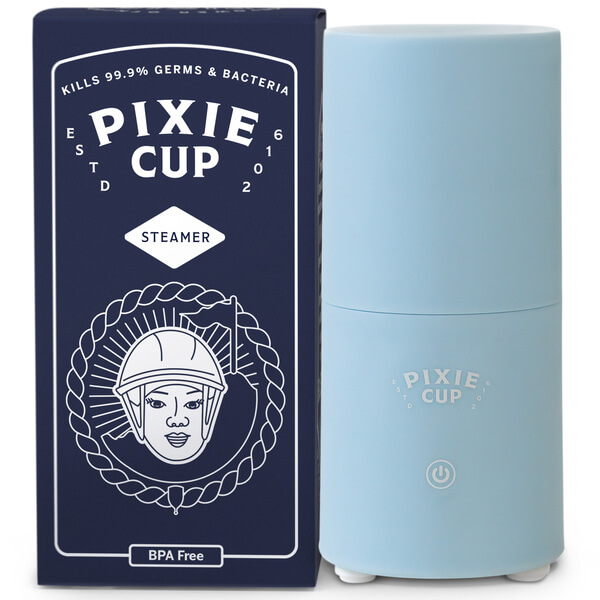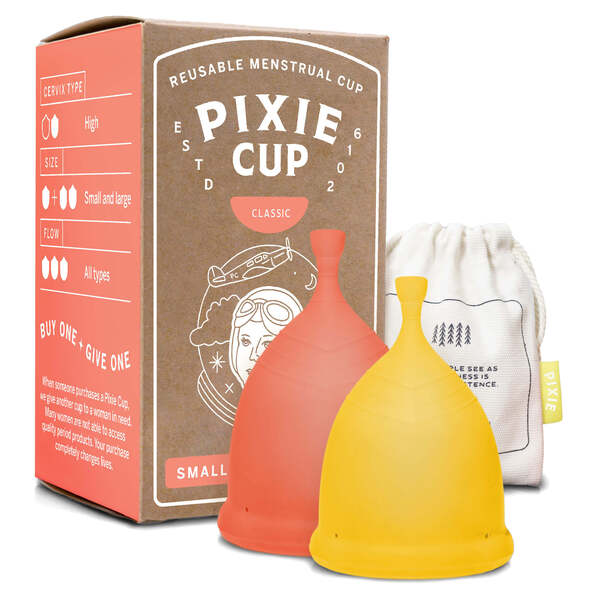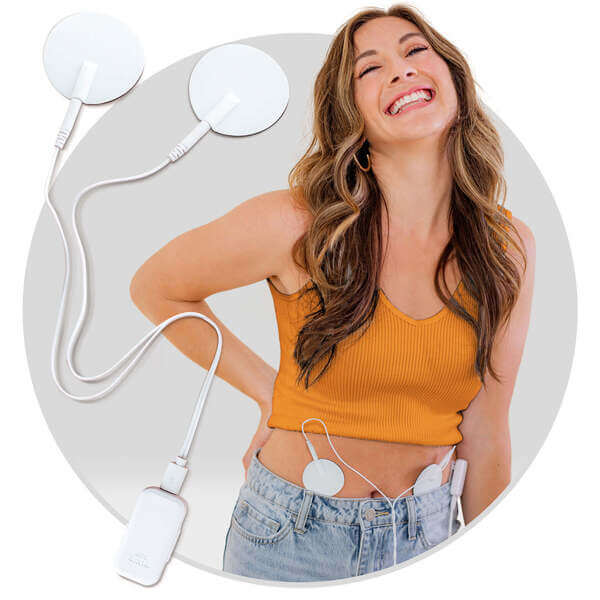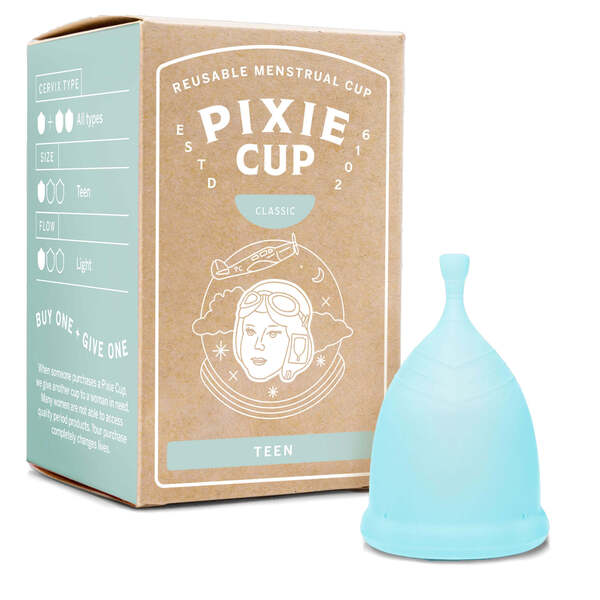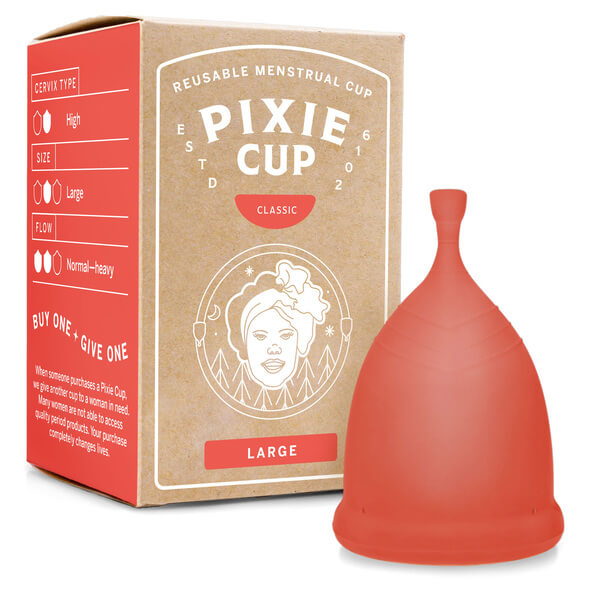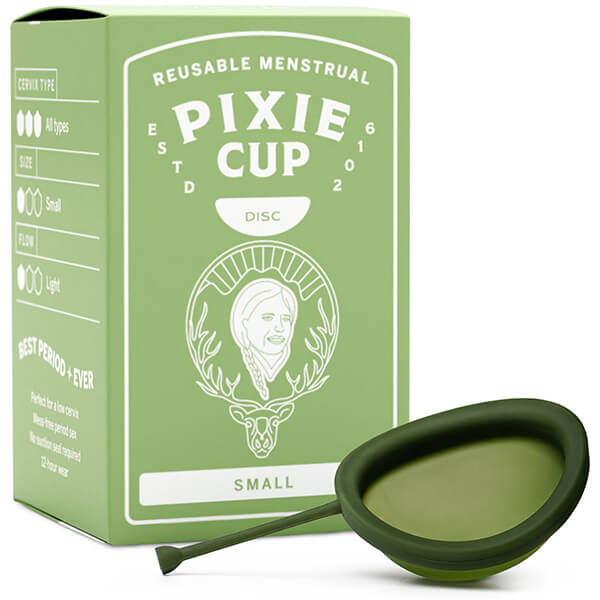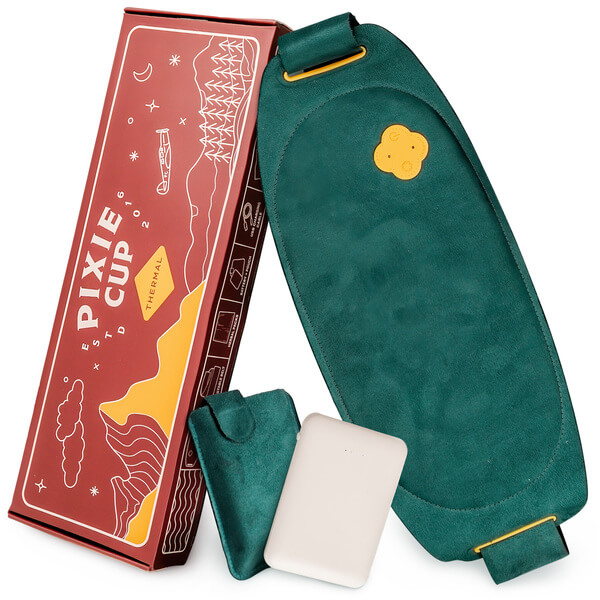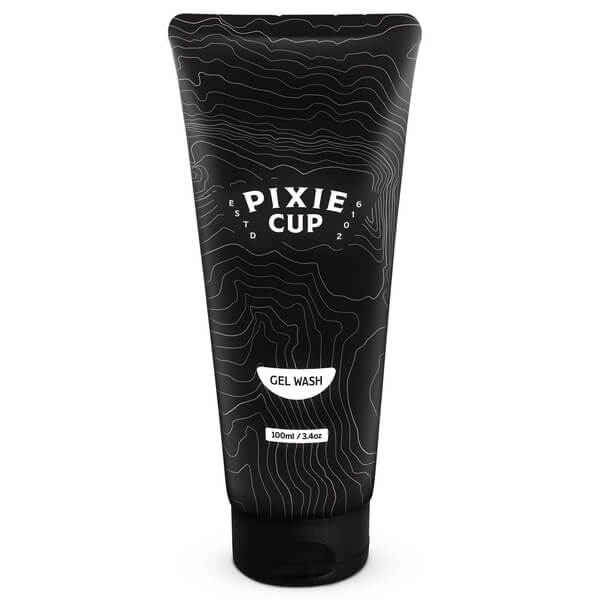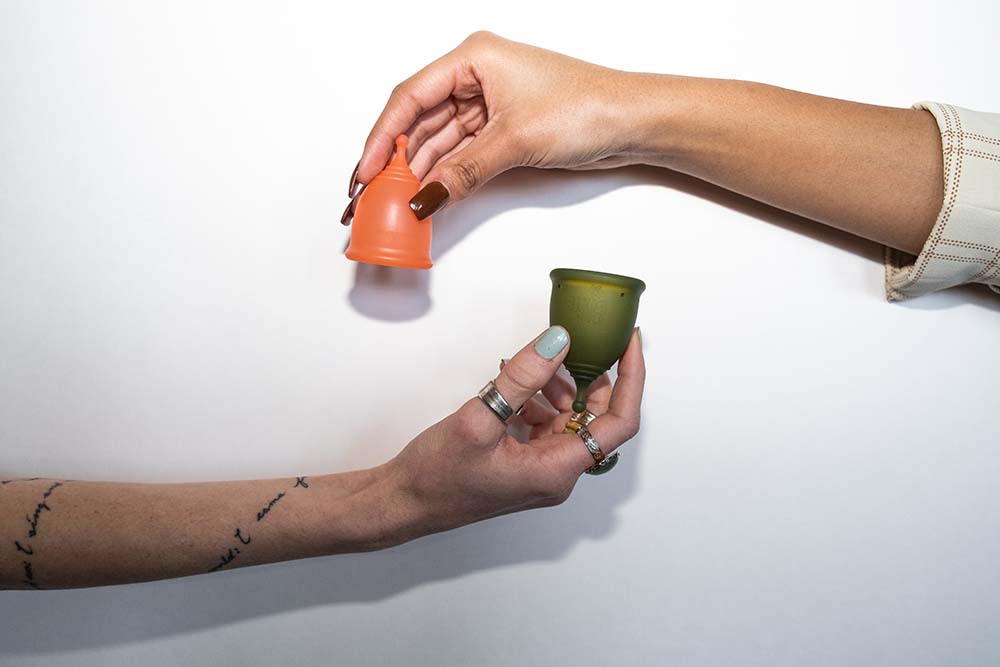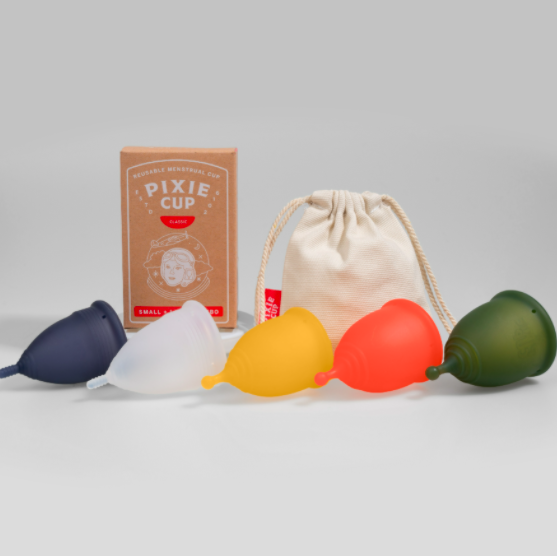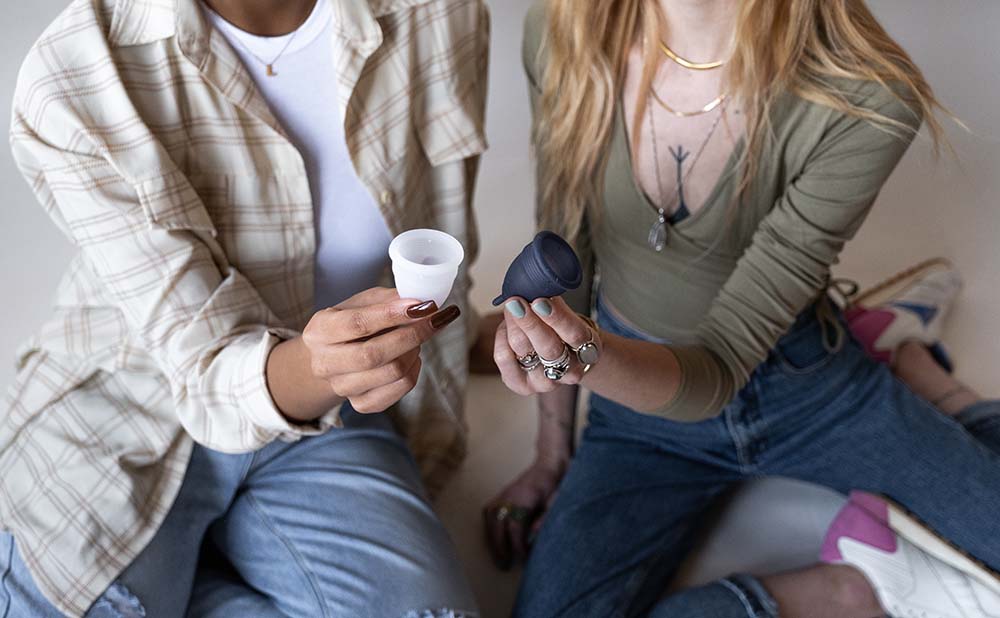I have said that period pain, or dysmenorrhea, is common but not normal, or is it? A “normal” amount of awareness happens when we are menstruating, but a healthy period should never be inconvenient. What do I mean by an inconvenience? If your period pain keeps you from going to work or unable to get out of bed for school, that is more than just the “normal” discomforts we may experience during our periods.

Period pain or dysmenorrhea can be defined as primary dysmenorrhea or secondary dysmenorrhea. Primary dysmenorrhea is the expected uterine awareness during our period from an increased prostaglandin (hormonelike substances in all human tissue) activity. The prostaglandins stimulate the uterus to contract, push menstrual blood and fluids out and can lead to the cramping pain we are all familiar with. Primary dysmenorrhea is when there is an “absence of pelvic disorders such as endometriosis, uterine fibroids, or cysts” (Jardim, 2020). Primary dysmenorrhea should not last long, but you may notice mild cramping and increased warmth in the lower abdomen 1-2 days before your period, lasting up to 3 days (Itani et al., 2022).
Secondary dysmenorrhea is period pain related to a medical condition. Unlike primary dysmenorrhea, secondary dysmenorrhea can happen at any point during the menstrual cycle and is usually more disruptive and inconvenient. The number one cause of secondary dysmenorrhea is endometriosis. Endometriosis is an inflammatory disease in which tissue, like the tissue that lines our uterus, grows outside the uterus. This tissue has no rhyme or reason and attaches its dirty little fingers to whatever it wants to and can cause significant pain. Other possible conditions that can cause secondary dysmenorrhea are uterine fibroids, adenomyosis, pelvic inflammatory disease, chlamydia, gonorrhea, ovarian cysts, and even the Paragard IUD (Jardim, 2020).
How can I treat my period pain?
“Does anyone have ibuprofen?” When I was playing high school volleyball, you could always assume the girl asking for ibuprofen was on her period, had a headache, or both. Regarding primary dysmenorrhea, NSAIDs (non-steroidal anti-inflammatory drugs) can come in handy. Remember when I mentioned prostaglandins stimulating the uterus to contract? Well, it just so happens that NSAIDs work by inhibiting prostaglandin activity and why it is effective at relieving those mild menstrual cramps. However, daily use of NSAIDs, such as ibuprofen, aspirin, and Aleve, has some consequences, such as the increased risk of gastrointestinal bleeding or kidney distress. I advise taking NSAIDs as directed on the back of the bottle and only as needed those first few days of your period. As always, talk to your doctor before starting any new medications.
How can I treat my period pain without medication?
If you experience discomfort from those mild menstrual cramps, several nonpharmacologic interventions can be done for relief. First, you must realize that our menstrual cycles are intimately connected to our overall health. If we are not taking care of ourselves for the three weeks before our periods, problems will persist. This means that our nutrition and lifestyle play a relevant role in menstruating well. Lucille Ball says it best “Love yourself first, and everything else falls in line. You have to love yourself to get anything done in this world.”
How should I be eating to improve my menstrual cycle?
BLOOD SUGAR BALANCE! Hop off the blood sugar roller coaster and listen up. Poorly controlled blood sugar is one of the number one enemies of menstruating well and is not just a problem for people with diabetes. You may wonder why our blood sugar levels affect our hormones. If not, you should, because it is fascinating! Increased refined sugar in our diet increases our risk for insulin resistance. Insulin resistance means that our cells have become resistant to responding to insulin which results in high blood glucose levels. These high blood glucose levels cause inflammation and disrupt our brains and ovaries’ feedback loop communication. Balancing our blood sugar will decrease inflammation and reduce pain associated with our periods. See below for easy ways to stabilize blood sugar.
- Eat a high-protein and high- healthy-fat breakfast within one hour of waking up
- Avoid caffeinated beverages before eating your breakfast
- Every meal should include protein (4-6 ounces), healthy fats, and 1-2 servings of vegetables
- DO NOT SKIP MEALS
- Go for a thirty-minute walk after dinner to use up any extra glucose floating around
- Always pair your carbohydrates with a protein and fat to slow down the blood sugar spike
How should I be living to improve my menstrual cycle?
Whether you want to believe it or not, our bodies keep the score of everything we put into it, onto it, and go through with it. We can nourish our bodies by how we live, starting with decreasing the day-in and day-out stress. When our stress response is activated every day, this can lead to chronically high cortisol and adrenaline levels. Usually, these hormones play nicely together in perfect harmony, but they can quickly go from friends to foes, and guess who pays the price? Our health and our hormones! We now know from research that chronic stress causes immune system dysregulation, inflammation, and increased pain perception (Romm, 2021). This chronic stress differs from the natural ebb and flow of cortisol levels throughout a healthy day. This is all easier said than done, but here are some ways you can start to heal your stress-response.
- Pick your priorities and shorten your to-do list
- Move your body on the daily
- Maintain a healthy social life
- Balan your challenges and comforts
- Keep your blood sugar balanced to keep your brain out of survival mode
Moreover, “guard your spare moments…they are like uncut diamonds” (Ralph Waldo Emmerson). It is
okay to take time for yourself because you matter, and you deserve to be taken care of!
Does exercise help with period pain?
Movement is medicine. I know exercise is not at the top of your priority list while you are menstruating, but exercise is our “human morphine.” When we exercise, beta-endorphins are released, and prostaglandins are metabolized quicker, resulting in decreased menstrual cramping, improved mood, and increased energy. The Cochrane Review examined all the evidence on exercise and its effects on primary dysmenorrhea. It concluded, “Exercise may be effective in reducing period pain levels by 25mm on a 100mm scale, which is over twice the amount usually needed to show a ‘significant’ reduction in pain” (Armour et al., 2019). This literature review also showed that “exercising for period pain may offer some reduction in usage of painkilling medicines and absence from school or work” (Armour et al.,2019).
Exercise also modulates your stress response by reducing cortisol levels. Increased muscle mass also improves insulin sensitivity, returning to the importance of the blood sugar balance mentioned earlier. I have listed out some of my favorite movement practices during my period.
- Walking! Simple and effective
- Yoga. Yoga is excellent for strength, mobility, and mindfulness.
- Weightlifting. Some sources will tell you to avoid higher-intensity workouts during your period, but there is no evidence to suggest this is a harmful practice. I say, do what you are comfortable with and continue to check in with your body!
- Pilates. Pilates is another great practice for strength and mobility.
- Breathing/Meditation. This one is my absolute favorite! I think menstruation is a great time for mindfulness and reflection. The power of intentional breathing is fantastic, and therapeutic breathing has been shown to down-regulate the nervous system and release endorphins, a win- win!
What supplements can I take for period pain?
Let me preface with–supplements are supplementary to nutrition and lifestyle. However, there is always room to “fill in the gaps.” In a society where we are overworked and undernourished, getting all our nutrients from our daily food intake is increasingly difficult. Specifically for period pain, you can try magnesium, Omega 3’s, and Vitamin D.
Magnesium
Magnesium is your number-one period pain supplement and has been nicknamed the “Miracle Mineral for Periods” for its ability to calm the nervous system, improve insulin and thyroid hormone function, and promote the healthy metabolism of estrogen. It decreases prostaglandin activity and mellows out the uterine muscles, resulting in decreased menstrual cramping. It is a two-edged sword because it can be used as prevention or for acute period pain. Lara Briden, a naturopathic MD, recommends 300mg of Magnesium glycinate per day, and you can increase that during your period as needed.
Omega 3’s
Omega 3’s (Fish oil) has been shown to reduce period pain by 30% after two months of consistent use. EPA/DHA reduces prostaglandins and inflammation. The recommended dose is 1000mg EPA + 700 mg DHA. You will also want to decrease the amount of Omega 6’s in your diet. Omega-6 oil is healthy in the small amounts we obtain from nuts, seeds, and brown rice but not healthy in the large amount obtained from vegetable oils. Instead, choose olive oil, butter, coconut oil, or avocado oil. Increase foods high in omega-3, such as seafood, eggs, and grass-fed meat (Briden, 2018).
Vitamin D
Vitamin D is a steroid hormone that regulates more than 200 genes in your body! I would say it is pretty darn important. Vitamin D is a regulator of immune and hormone function, and most people are deficient in this vital vitamin. Vitamin D is synthesized when our skin is exposed to sunshine; however, several things can interfere with Vitamin D synthesis, such as “obesity, chronic inflammation, and magnesium deficiency” (Briden, 2018). Your doctor can test your vitamin D levels, which should be between 3-50ng/mL. You can supplement too much vitamin D, so ensure your levels are tested and talk to your doctor about appropriate supplementation. Several natural ways to increase vitamin D are getting more sunshine and eating egg yolks and mackerel, but getting enough vitamin D from food is not easy.
There are also many herbs that have been used for centuries to curb the effects of PMS – such as chaste berry, dong quai, dandelion root, and lemon balm. When taking herbal supplements, make sure you’re using a reputable, well-researched, high quality supplement.
How can I reduce the toxic load in my life?
The endocrine system is a network of glands and organs that produce, store, and secrete hormones. Endocrine-disrupting chemicals, or EDCs, are substances in the environment (air, soil, or water supply), food sources, personal care products, and manufactured products that interfere with the normal function of your body’s endocrine system. Menstrual cycle issues and other metabolic and endocrine dysfunction will persist when this toxic overload disrupts the endocrine system—toxins= inflammation in the body, which will inevitably cause more period pain. Use the Environmental Working Group website/app to check your food sources, personal care products, and manufactured products (Endocrine-Disrupting Chemicals(Edcs), n.d.).
Let’s Wrap This Up!
There is no such thing as a PERFECT PERIOD. If you continually strive for a perfect period, you will get burned out and more frustrated. Make a goal to aim for your perfect period. Take the next few weeks to determine what your perfect period looks like to you! These may be goals such as “less cramping,” “improved regularity,” or “less fatigue.”
Moreover, remember that disorders like endometriosis, uterine fibroids, adenomyosis, PID, STI, etc., cause secondary dysmenorrhea and will be managed differently. However, these tips are still beneficial to keep inflammation at bay. As always, talk to your physician if you have any questions.
References
Armour, M., Ee, C. C., Naidoo, D., Ayati, Z., Chalmers, K. J., Steel, K. A., Manincor, M. J. de, & Delshad, E.
(2019). Exercise for dysmenorrhoea. Cochrane Database of Systematic Reviews, 9.
https://doi.org/10.1002/14651858.CD004142.pub4
Briden, L. (2018). Period repair manual: Every woman’s guide to better periods (Revised edition).
Macmillan.
Endocrine-disrupting chemicals(Edcs). (n.d.). Retrieved December 12, 2022, from
https://www.endocrine.org/patient-engagement/endocrine-library/edcs
Gate control theory of pain. (n.d.). Physiopedia. Retrieved December 12, 2022, from
https://www.physio-pedia.com/Gate_Control_Theory_of_Pain
Itani, R., Soubra, L., Karout, S., Rahme, D., Karout, L., & Khojah, H. M. J. (2022). Primary dysmenorrhea:
Pathophysiology, diagnosis, and treatment updates. Korean Journal of Family Medicine, 43(2), 101–108.
https://doi.org/10.4082/kjfm.21.0103
Jardim, N. (2020). Fix your period: Six weeks to banish bloating, conquer cramps, manage moodiness,
and ignite lasting hormone balance (First edition). Harper Wave, an imprint of HarperCollinsPublishers.
Romm, A. J. (2021). Hormone intelligence: The complete guide to calming the chaos and restoring your
body’s natural blueprint for wellbeing (First edition). HarperOne.

